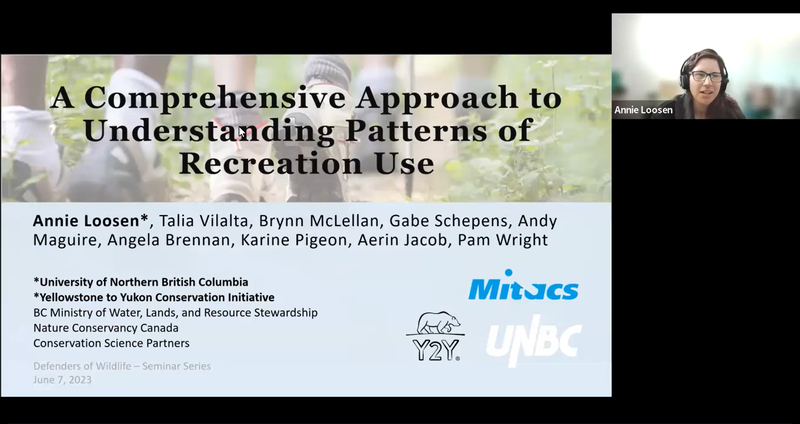
A Comprehensive Approach to Understanding Patterns of Recreation Use

A Comprehensive Approach to Understanding Patterns of Recreation Use
Outdoor recreation has increased in recent years, with the global COVID-19 pandemic underscoring the need for people to connect to nature. However, recreation can contribute to biodiversity loss via land use change and wildlife disturbance. As a result, land use planning and recreation management have become a priority issue for many managers but there is a significant knowledge gap in knowing where, at what intensity, and what type of recreation is occurring. In western Canada (Alberta, British Columbia), we use five data sources that capture motorized and non-motorized recreation in winter and summer: remote trail cameras, trail counters, local recreation experts, user-created content (e.g., smartphone applications), and aerial surveys. We report preliminary results from this work. The results of this research will help governments and conservation and recreation groups to identify areas of overlap with high intensity recreation and high-quality wildlife habitat that may require urgent conservation steps.
Annie is an applied ecologist and is interested in the intersection of wildlife and people. Annie currently leads the recreation ecology research project with Yellowstone to Yukon Conservation Initiative and the University of Northern British Columbia